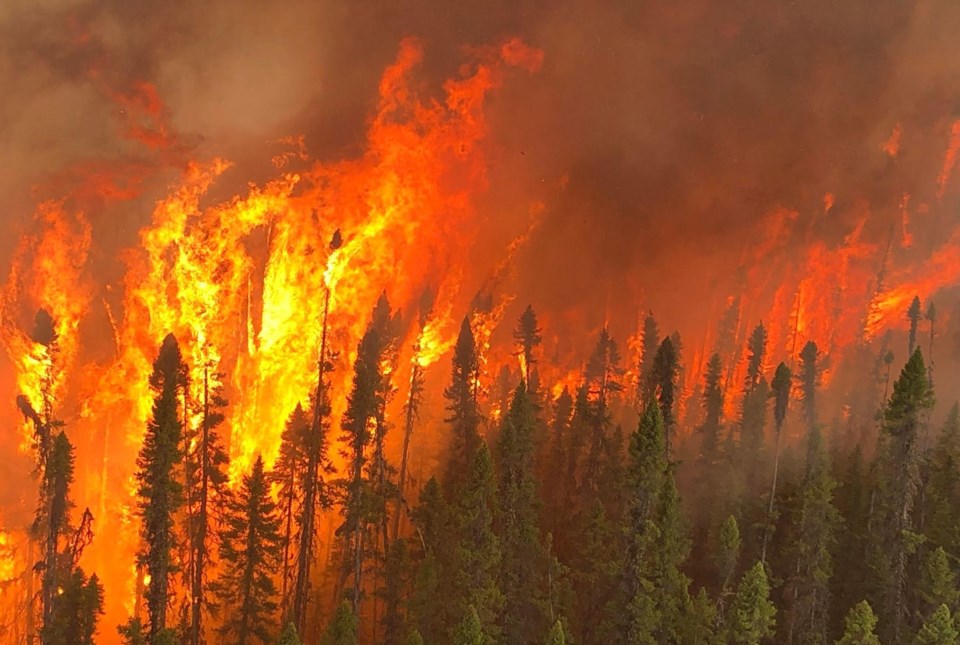The Ministry of Natural Resources and Forestry (MNRF) is hoping that the summer of 2024 is different from what occurred in Ontario in 2023.
The 2023 wildland fire season saw more than 700 fires and 441,000 hectares of forests burned between April and October.
That is almost three times as many hectares as the 10-year average.
Officials with the MNRF realize that lack of snow this winter could potentially lead to a very dry spring.
"Fire activity can change quickly within a given week, month, or across the season and can also vary significantly from previous years activity," the MNRF stated in an email to BayToday.
"The lack of overwinter precipitation, and warmer than normal temperatures has led to a lower snow load than normal in many parts of the province. This has contributed to the earlier than normal snow melt in many areas, creating the potential for early spring fires."
The MNRF is hoping for a wet spring to help offset the lack of snow.
"While in the short term, we are planning for early spring fires, each fire season is highly variable and is based on actual weather trends that develop throughout the fire season," MNRF officials stated.
Locally forest fires caused some significant smog in the North Bay area last summer and at one point made North Bay one of the most polluted communities on the planet due to excess smoke from nearby fires.
"As a precaution, MNRF is planning for early spring fires by proactively bringing on some Fire Rangers and support staff earlier (March 4) to address any potential needs arising from spring hazards," MNRF officials noted.
"As well as coordinating ongoing maintenance activities for all ministry owned aircraft, reviewing equipment levels, and ensuring fire suppression equipment is serviceable. Much of our focus will remain on recruiting, hiring, and training staff for the oncoming season and as this year’s fire season unfolds, we will continue to dedicate necessary resources to ensure the safety and protection of our communities."
However, the MNRF notes that indications for the summer suggest a return to normal seasonal conditions for both temperature and precipitation amounts but as the summer approaches, the following factors can contribute to the severity of the fire season:
-
Weather, primarily precipitation and temperature
-
Human caused fires (e.g., Campfires or cigarettes)
-
Fuel on the landscape, for example dry grass, scrub and trees
"The best way to stay informed on the forest hazard near you is to on the public forest fire information map at Ontario.ca/forestfire," the MNRF added.
"You can also follow Aviation, Forest Fire and Emergency Services (AFFES) on X, Instagram and Facebook: @ONforestfires for up-to-date information on the fire situation."
